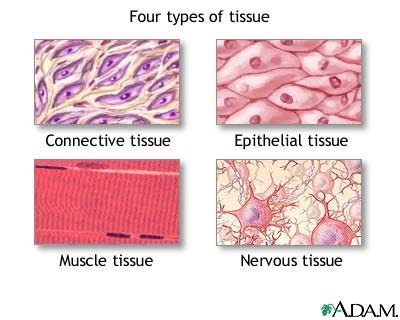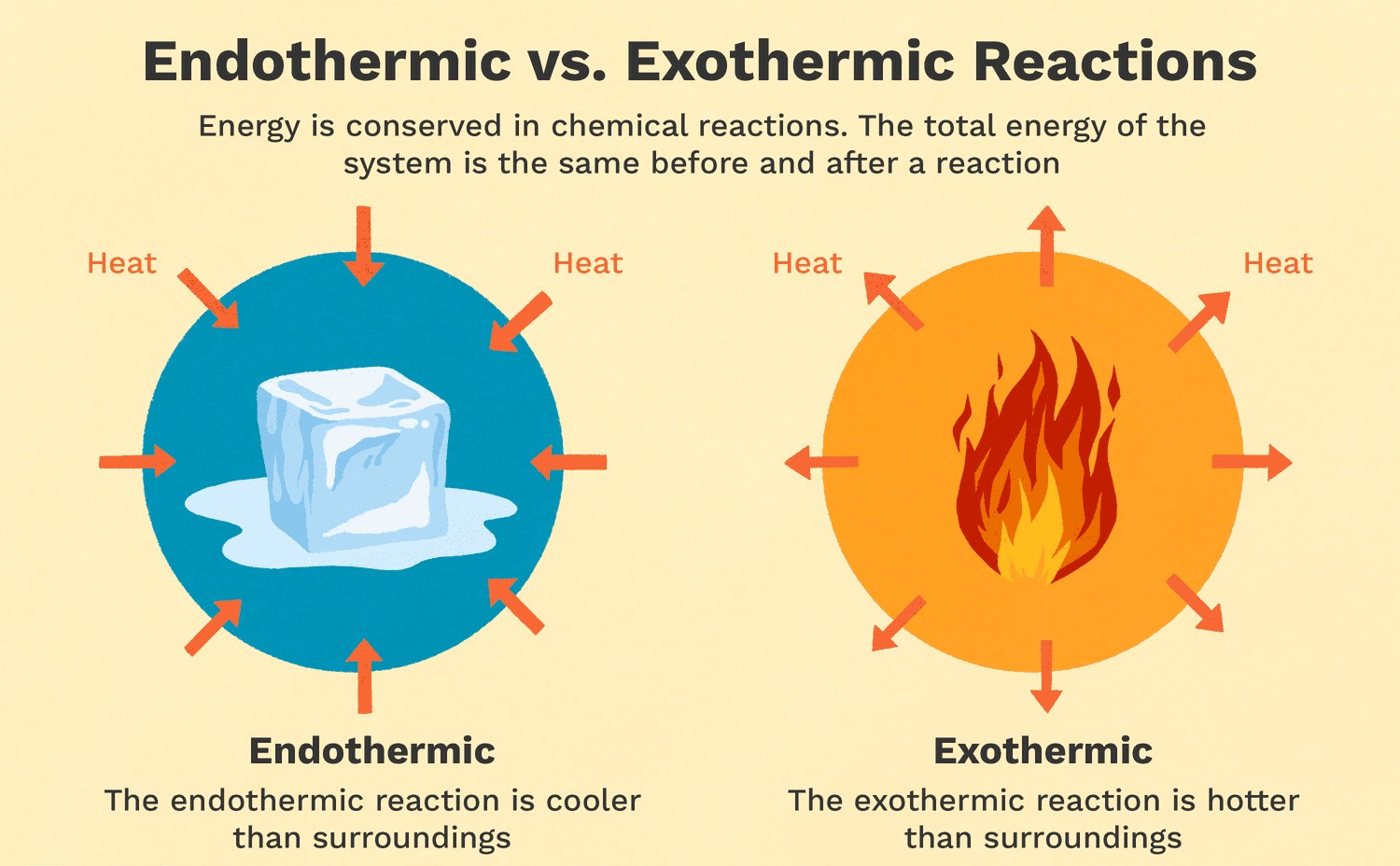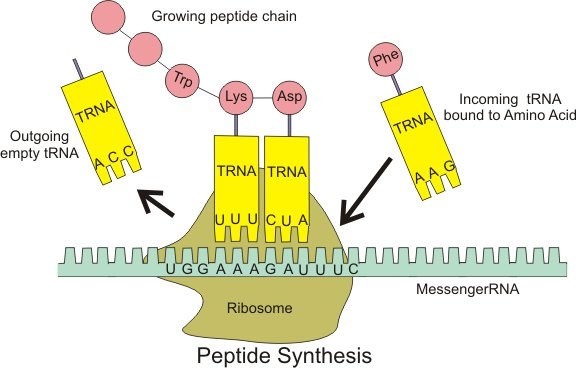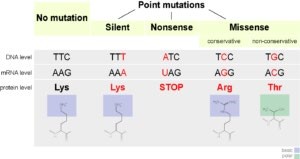Which of the following is NOT one of the four primary tissue types found in the human body?
A. Epithelial
B. Nervous
C. Connective
D. Exocrine glandular
Exocrine glandular is not one of the four primary ssue types found in the human body. The four primary ssue types are epithelial, nervous, connective, and muscle.

Therefore, the Correct Answer is D.





